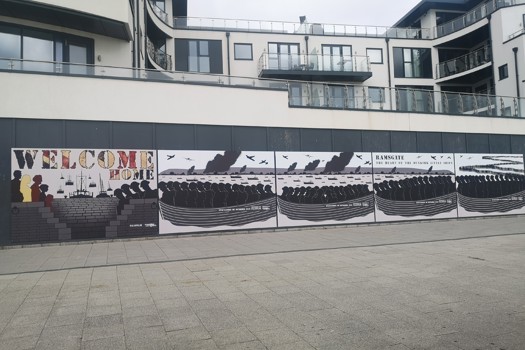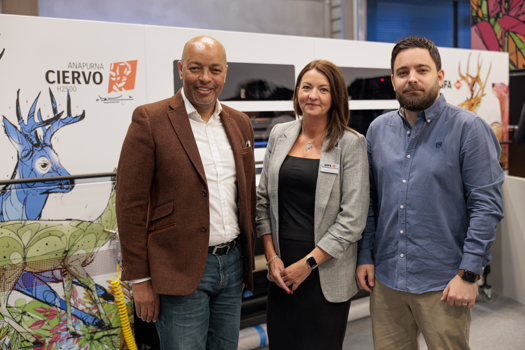In its quarterly Print Outlook survey, output balance, calculated by working out the difference between those companies that experienced a rise in output and those that experienced a fall, was expected to be +33, but was recorded at -1.
Of the companies surveyed, 25% experienced a rise in output while 26% saw output drop. -1 is the lowest output balance recorded since the first quarter of 2013.
The BPIF suggested fears over the EU referendum result, general UK economic performance and a slowdown during the early Easter break were largely responsible for the results.
BPIF research manager and Northern Ireland manager Kyle Jardine said: “When I first crunched the numbers and saw the results I thought ‘What has happened here?’ but while I was writing the reports, the new economic data on the general economy was released and I thought it looked pretty similar.”
“It does seem to fit in with what we were picking up in terms of the general economy. So whilst it was not what we were hoping for or expecting, it does seem to be a realistic picture."
The negative balance may be short-lived, as printers surveyed expect output to recover quickly in the second quarter, with exactly half of respondents believing output will rise and 38% believing it will remain the same, with just 13% expecting output to decline.
Confidence in the general state of the industry also fell in the quarter. The balance of those who believed the state of the industry had improved compared to deteriorated was at +2, compared to +25 in the final quarter of 2015.
Just as with output however, confidence is high for general improvements in the second quarter, with 40% believing things will improve and 50% believing things will remain unchanged.
Jardine said: “I guess some people believe that more work will start coming through. Easter will be out the way, things will get busy again. Part of it might be down to the first quarter being traditionally a difficult period of time."
Jardine believes that when the dust has further settled at Polestar, print companies may see an opportunity to take on extra work and there could be a further upturn. He said: “It is difficult to measure how big this is but companies are aware and I think that some companies wonder if work will get spread around. There might be opportunities out there. Other business owners are wondering if they might be able to pick up a bit of extra work, maybe there will be an effect on pricing...”
Once again, concerns over competitors pricing below cost was the most voiced business concern from respondents, selected by almost three quarters (74%) as a top-three business concern.
Jardine said: “It has been this way forever to be honest, it is always a big factor. Others come around but this is genuinely the number one. I think some companies are moving to tackle this and some are not.”
The main other two concerns were profit levels being insufficient to encourage investment (27%) and weak productivity levels (up from 7% in quarter 4 of 2015 to 25% in this quarter).
Other voiced business concerns included poor output prices (24%), under-utilisation of capital (22%) and access to skilled labour (22%).
Recruitment was said to have remained positive, although at a lower level than in the previous quarter. Almost one third of respondents conducted pay reviews during the quarter, with increases awarded at an average of 1.3%.
BPIF chief executive Charles Jarrold said that additional concerns had arisen as companies have to start negotiating the National Living Wage and pension auto-enrolment. He said pricing remains a “perennial issue”.
Jardine added: “The working environment is different now to what it was like 10 years ago. I think companies are working hard and producing a lot of print and while the nature of printed products is changing there is still a marketplace for print.”
Results for the survey were obtained quantitatively and qualitatively from 91 respondents in an online survey sent out to all members of the BPIF. The combined turnover of companies of those who responded is approximately £500m and Jardine said respondents were “across the board” in terms of levels of seniority.










